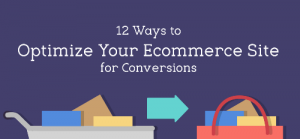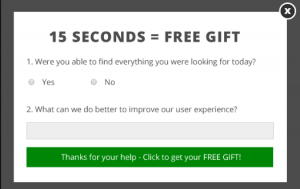Facebook is starting to emphasize library content suggestions to keep users engaged for longer periods and increasing their ability to monetize that time through ads.
When Facebook first introduced video into the Newsfeed in 2013, it marked the first time a major player challenged the video space, which at the time, YouTube dominated. Before Snapchat stories, before Instagram Live, Facebook’s aggressive push into video changed the industry.
Six years later, Facebook is in the next phase of its video product: making its video inventory more appealing to advertisers. But the question remains – is Facebook successfully helping incentivize creators and publishers to upload content by enabling organic algorithmic success once again? In other words, can people go to Facebook with their content to make money?
A brief history
A year before Facebook stepped into video, YouTube moved away from ranking videos according to page view numbers in favor of video watch time. This algorithm change rewarded creators with more organic traffic, which created a more monetizable inventory and made the company even more profitable.
Facebook, too, counted video views but had a very different definition for what counts as a view – three seconds. The much-contested view counter, Facebook argued, signaled the “intent to watch” a video. Armed with this, Facebook went from zero to 4 billion daily views in less than two years. This news forced YouTube to finally publicly outline their viewing measurements (about 30 seconds) and harshly criticize Facebook for “intentionally and blatantly over-counting to the detriment of everyone except them.”
Nevertheless, Facebook showed promising advertising potential and creators began optimizing their videos accordingly. By 2016, Facebook publicized that people watch around 100 million hours of video a day, to which Google’s CEO responded by reminding investors that YouTube viewers watch hundreds of millions of hours of video a day.
Intent does not equal engagement
It wasn’t until Facebook’s views caught up with YouTube’s that the social media giant began to make changes that would more effectively monetize the product. Although views were climbing, its monetizable ad inventory wasn’t quite there due to the lack of watch time. So the company updated its algorithm to favor watch time over the percentage of completion, just like YouTube did five years earlier. Similarly, following in YouTube’s footsteps, Facebook launched Facebook Watch and Facebook for Creators, its first significant investment to bring creators to the platform.
But Facebook has many more challenges than YouTube as it pushes to monetize its video product. As a social media platform, Facebook emphasizes networks and connections. The Friends and Family algorithm update in 2018 deemphasized publisher and brand content in the feed, substantially hurting publisher and brand reach and requiring them to pay to play.
However, Facebook is striving to attract creators and make its video inventory more appealing to advertisers. The company recently recruited publishers like BuzzFeed, Condé Nast and Complex Networks to produce original content, while just recently outlining best practices for content creation and monetization on its platform.
Despite a rocky start, Facebook video does show promise. When looking at Fullscreen’s creator network across platforms, our top creators have seen significant gains in watch times on Facebook. We’ve seen a 14% jump in views on videos in the channels for brands and entertainment companies and long-form content has had a similar spike. Videos between five and 10 minutes have seen a 12% increase in views in the last year.
Our data, as well as the recent announcements, suggests that Facebook is starting to emphasize suggestion of library content to keep users engaged with specific types of video content for longer periods and increasing their ability to monetize that time through ads. This, in essence, is what YouTube learned back in 2012. This presents the possibility that monetized video as a format will ultimately be subjected to an alternative distribution algorithm than the one that currently governs the newsfeed.
Driving this possibility are the changes we’ve seen on the platform, Facebook’s continued investments in creators, and most importantly the company’s attempt to do what YouTube has done – but in its own way.
Ultimately, the opportunity for brands to take advantage of Facebook is similar to the promise of YouTube. Make unique content that people want to see. When brands create content that people want to see, it provides a real opportunity to drive organic viewership and monetization. That’s an advertisers dream.
Opinions expressed in this article are those of the guest author and not necessarily Marketing Land. Staff authors are listed here.
Marketing Land – Internet Marketing News, Strategies & Tips
(28)









